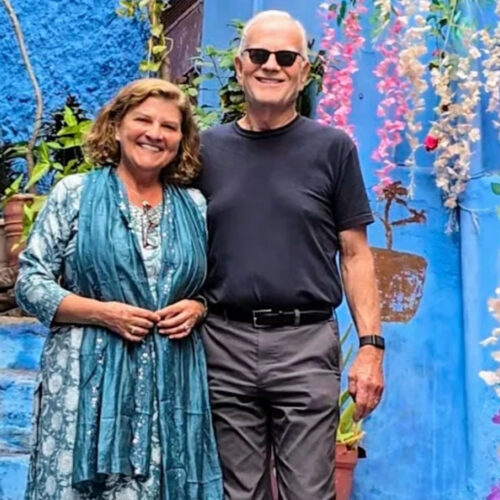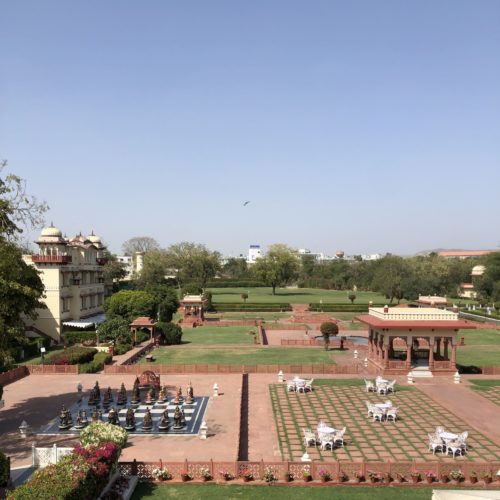Here’s the truth about travel in India: most people book Delhi, Agra, maybe Rajasthan if they’re feeling adventurous. They chase the Taj Mahal and call it done. Meanwhile, the south quietly holds some of the country’s most rewarding experiences—and hardly anyone’s talking about it.
I just returned from a FAM trip through Tamil Nadu, Kerala, and Hyderabad, and I need to tell you: this is where India reveals itself in a different way. Less frenetic, more contemplative. The travel where you actually experience rather than just photograph.

Start in Chennai, hit the National Art Gallery’s extraordinary collection of bronze temple deities—they’re remarkable. But the real move? Drive to Mahabalipuram’s shore temples at sunrise, when 7th-century stone carvings emerge from the mist. Then push on to Puducherry, where French colonial architecture creates this wonderfully disorienting sense of place. Wander the Tamil Quarter on foot, get deliberately lost in the French Quarter, then have dinner at Maison Perumal, a restored Tamil mansion where the food tells you more about regional history than any guidebook could.

The temples around Kumbakonam deserve your attention. Not because they’re on anyone’s Instagram feed, but precisely because they aren’t. Chidambaram vibrates with actual devotional energy—Brahmins at every shrine, rituals unfolding as they have for centuries. This isn’t performance; it’s continuity. Gangaikondacholapuram offers the opposite: spacious, contemplative, letting you sit in genuine peace amid 11th-century architecture. Stay at Mantra Koodam, where sustainability isn’t marketing speak—they’ve woven it into everything, including an Ayurvedic center that locals actually use.

Then there’s Kerala. Kumarakom’s backwaters deserve the hype, but approach them right: early morning canoe through the canals, watching village life unfold along the banks. Stay at Coconut Lagoon—accessible only by boat, built from reclaimed heritage homes, with an Ayurvedic center that’s the real thing, not spa theater. Skip the tourist houseboat unless you genuinely want that experience; the canal cruise gives you the same access without the commitment.

Kochi surprised me most. Portuguese-Dutch-Jewish-Indian layers create this walkable, safe, utterly fascinating port city. The Chinese fishing nets everyone photographs? Sure, fine. But the Jewish quarter in Mattancherry—16th-century synagogues, spice warehouses, that particular quality of light through old windows—that’s where you’ll lose track of time. The Dutch Palace murals alone justify the visit.

Hyderabad caps it beautifully: Taj Falaknuma Palace for pure opulence, Golconda Fort for perspective, and if you can arrange it, tea with textile conservationist Vinita Pittie in her 200-year-old haveli. These access moments matter.
The bottom line? Southern India rewards the curious. It’s not easier than the north, just different—less overwhelming, more layered. Exactly what experienced travelers are actually looking for.





